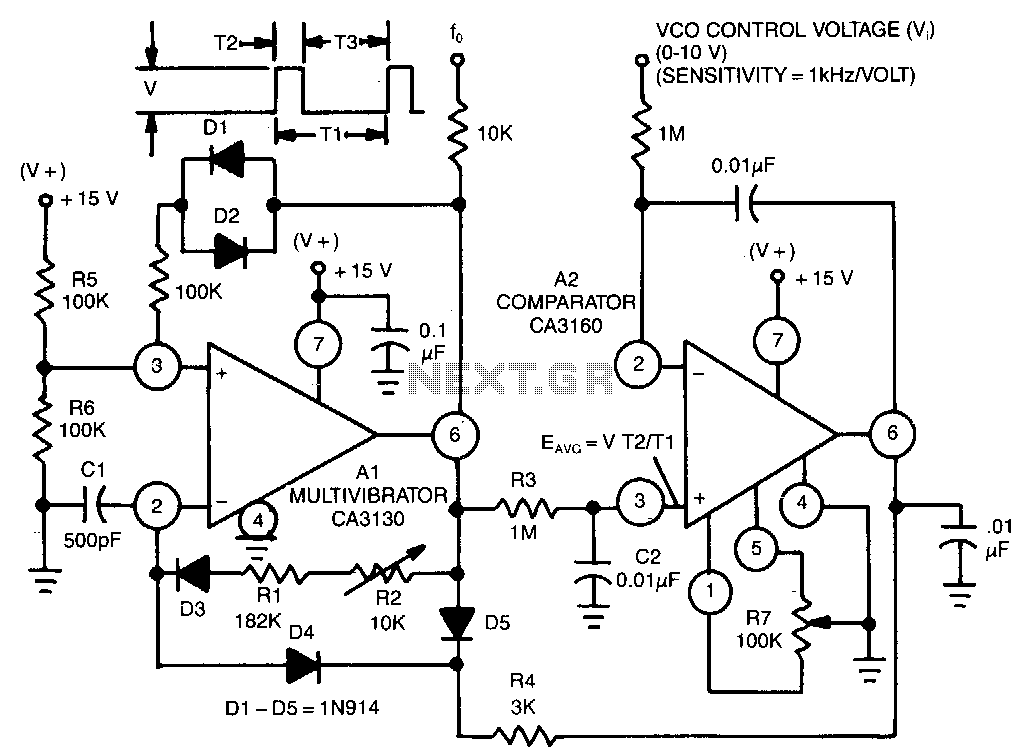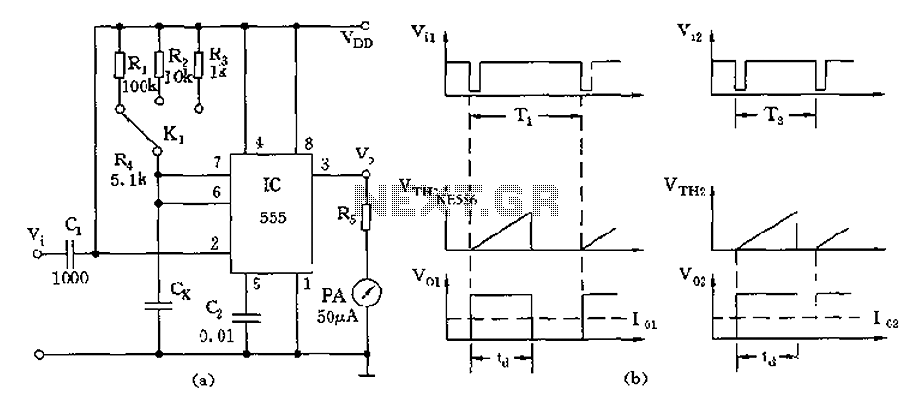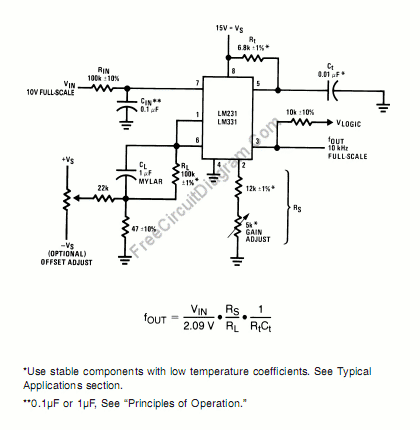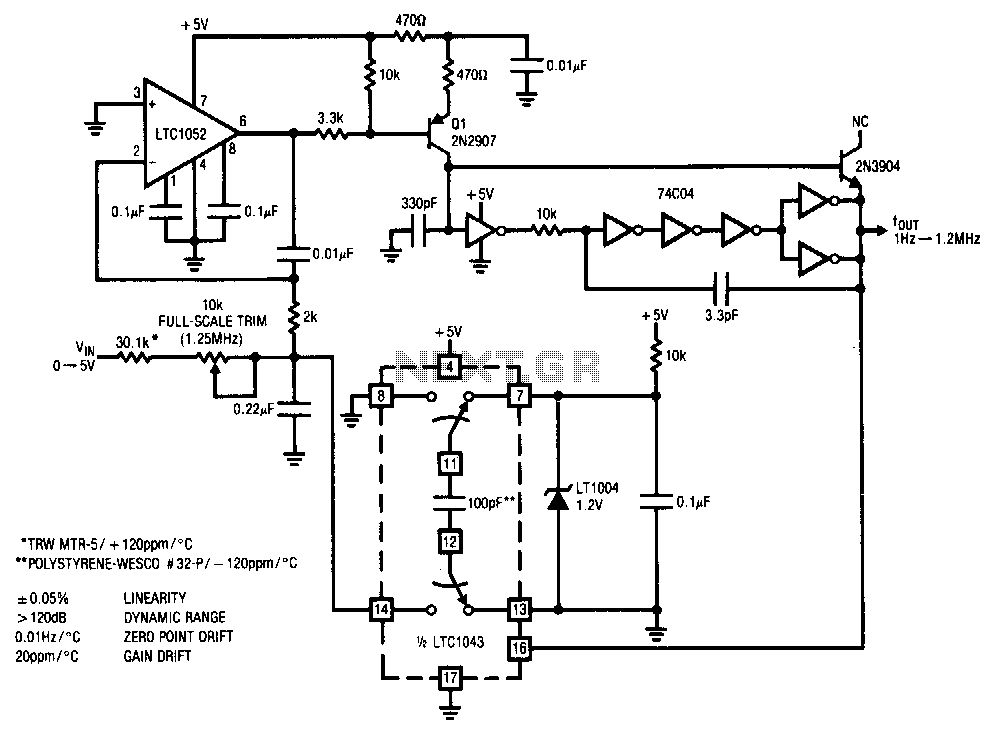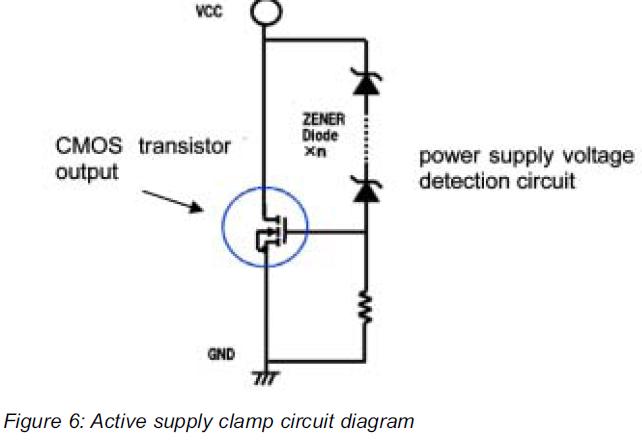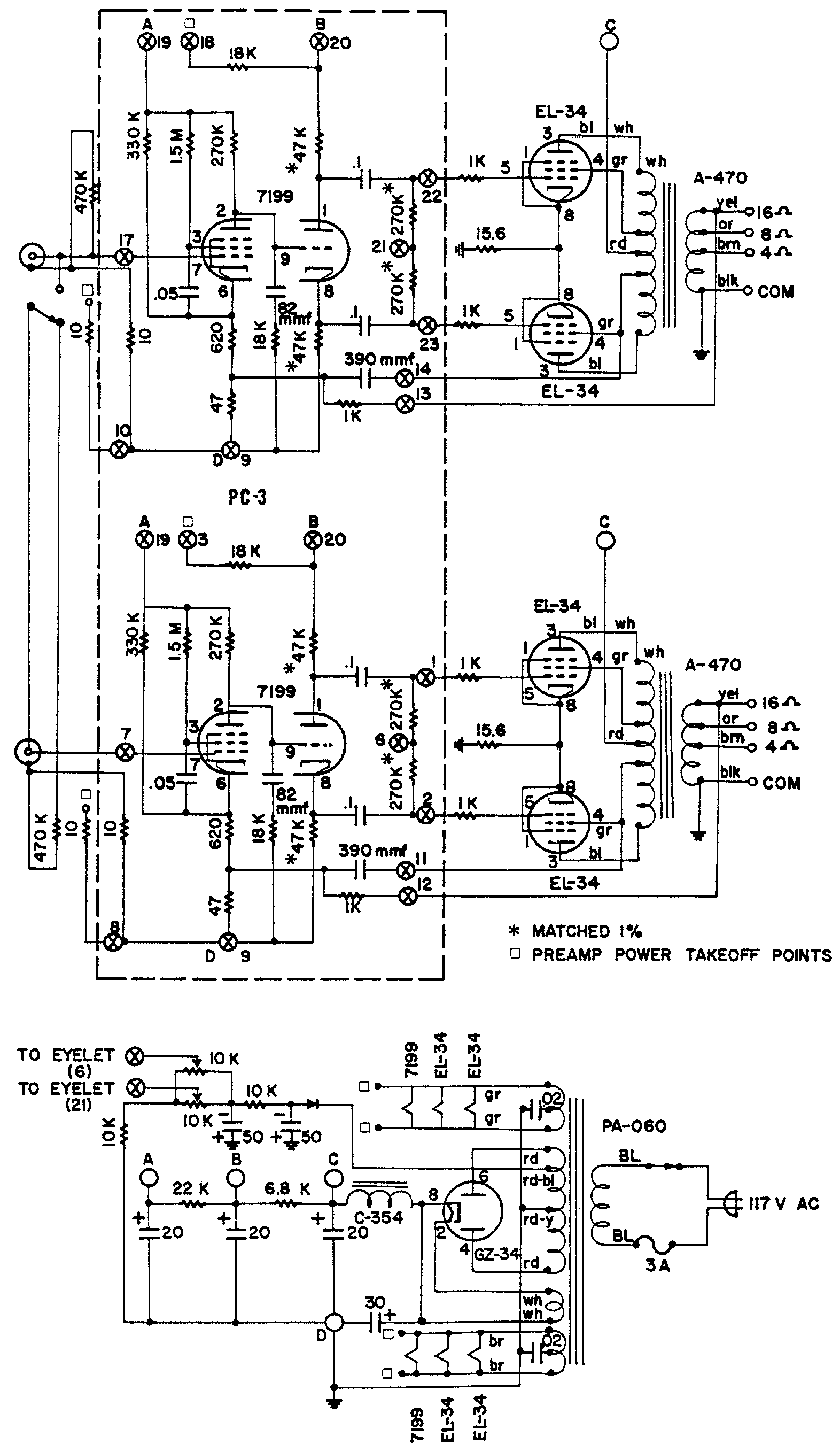
Schematic for voltage regulation via lm317
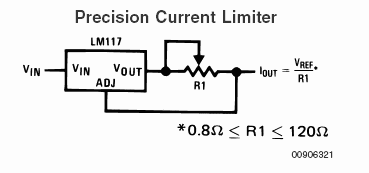
A simple lab power supply using the LM317 is based on the initial schematic. To prevent damage to the digital multimeter (DMM) when measuring milliamperes, a switchable current limiter is desired. However, there is uncertainty regarding the integration of this feature into the existing schematic. The following questions arise: 1. In schematic 2, when Iout = R1/Vref and Vref = 1.25V (which should be the correct value), resistor values can be calculated using R1 = 1.25/Iout (for example, R1 = 1.25/0.25 = 5 ohms to limit the current to 0.25A). 2. A rotary switch is intended for the adjustable current limiter; how can the minimum necessary specifications for the switch and resistors be calculated, considering a maximum of 32V DC and 1A current flow? Are standard 0.25W resistors and switches adequate? A 15VA transformer with dual 15V, 0.5A outputs will be utilized to power the power supply. Are there any disadvantages to adding a switch that allows changing between series and parallel configurations of the secondaries (to achieve 15V/1A versus 30V/0.5A)?
The described circuit involves the use of an LM317 voltage regulator as the primary component for the lab power supply. The LM317 is capable of providing a stable output voltage that can be adjusted based on the application requirements. The integration of a switchable current limiter is essential for protecting sensitive measuring equipment, such as a digital multimeter, during current measurement tasks.
To design the current limiter, it is necessary to calculate the resistor values based on the desired output current. The formula Iout = Vref/R1, where Vref is typically 1.25V for the LM317, allows for determining the resistance needed to limit the current. For instance, to limit the output current to 0.25A, a resistor value of 5 ohms is calculated using R1 = 1.25V/0.25A.
Incorporating a rotary switch for adjustable current limiting requires careful consideration of the switch's specifications and the resistor ratings. The switch must be rated for the maximum voltage and current that will be passing through it, which in this case is 32V DC and 1A. Standard 0.25W resistors may not be sufficient for higher current applications; thus, resistors with appropriate power ratings should be selected to ensure reliability and safety.
The transformer chosen for this application is a 15VA transformer with dual outputs of 15V at 0.5A. This transformer can be configured in series or parallel to provide different voltage and current combinations. When connecting in series, the output voltage doubles to 30V while the current capacity remains at 0.5A. Conversely, when configured in parallel, the voltage remains at 15V, but the current capacity increases to 1A. The addition of a switch to facilitate this change is advantageous; however, it is crucial to ensure that the switch can handle the increased voltage and current without overheating or failing.
Overall, the design of the lab power supply with a switchable current limiter and adjustable output voltage is feasible with careful component selection and proper circuit layout. This ensures that the system operates safely and effectively, meeting the intended application requirements.A simple lab-psu using the lm317, based on the first schematic. to prevent damages to my dmm when measuring mA, i`d like to include a switchable current limiter. but i`m not sure if i understand those schematics and how i could integrate it. so here are my questions: 1. 2 s. schematic 2: when Iout = R1/Vref and Vref = 1, 25v (that should be the correct value, when i understand it right), then i can calculate resistor values via R1=1, 25/Iout (for example R1 = 1, 25/0, 25 = 5 ohm to limt the current to 0, 25A) 1. 3 i`d like to use a rotary switch to integrate an adjustable current limiter: how can i calculate the minimal necessary specs of switch and resistors, when max.
32v dc and 1a current flow through the wires are simple 0, 25w-resistors/switchers enough most likely a 15VA transformer with 2x15v, 2x0, 5A will feed the psu. are there any disadvantages in adding a switch to change between series- and parallel-connection of the secondaries (to get 15v/1A vs.
30v/0, 5A) 🔗 External reference
The described circuit involves the use of an LM317 voltage regulator as the primary component for the lab power supply. The LM317 is capable of providing a stable output voltage that can be adjusted based on the application requirements. The integration of a switchable current limiter is essential for protecting sensitive measuring equipment, such as a digital multimeter, during current measurement tasks.
To design the current limiter, it is necessary to calculate the resistor values based on the desired output current. The formula Iout = Vref/R1, where Vref is typically 1.25V for the LM317, allows for determining the resistance needed to limit the current. For instance, to limit the output current to 0.25A, a resistor value of 5 ohms is calculated using R1 = 1.25V/0.25A.
Incorporating a rotary switch for adjustable current limiting requires careful consideration of the switch's specifications and the resistor ratings. The switch must be rated for the maximum voltage and current that will be passing through it, which in this case is 32V DC and 1A. Standard 0.25W resistors may not be sufficient for higher current applications; thus, resistors with appropriate power ratings should be selected to ensure reliability and safety.
The transformer chosen for this application is a 15VA transformer with dual outputs of 15V at 0.5A. This transformer can be configured in series or parallel to provide different voltage and current combinations. When connecting in series, the output voltage doubles to 30V while the current capacity remains at 0.5A. Conversely, when configured in parallel, the voltage remains at 15V, but the current capacity increases to 1A. The addition of a switch to facilitate this change is advantageous; however, it is crucial to ensure that the switch can handle the increased voltage and current without overheating or failing.
Overall, the design of the lab power supply with a switchable current limiter and adjustable output voltage is feasible with careful component selection and proper circuit layout. This ensures that the system operates safely and effectively, meeting the intended application requirements.A simple lab-psu using the lm317, based on the first schematic. to prevent damages to my dmm when measuring mA, i`d like to include a switchable current limiter. but i`m not sure if i understand those schematics and how i could integrate it. so here are my questions: 1. 2 s. schematic 2: when Iout = R1/Vref and Vref = 1, 25v (that should be the correct value, when i understand it right), then i can calculate resistor values via R1=1, 25/Iout (for example R1 = 1, 25/0, 25 = 5 ohm to limt the current to 0, 25A) 1. 3 i`d like to use a rotary switch to integrate an adjustable current limiter: how can i calculate the minimal necessary specs of switch and resistors, when max.
32v dc and 1a current flow through the wires are simple 0, 25w-resistors/switchers enough most likely a 15VA transformer with 2x15v, 2x0, 5A will feed the psu. are there any disadvantages in adding a switch to change between series- and parallel-connection of the secondaries (to get 15v/1A vs.
30v/0, 5A) 🔗 External reference
